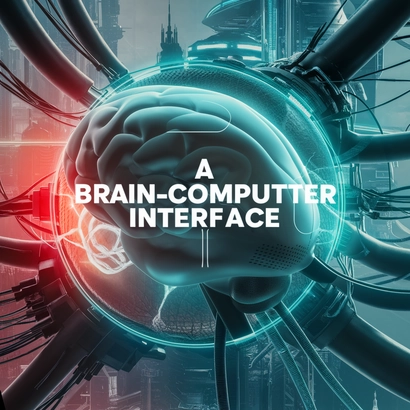A Brain-Computer Interface
A direct communication pathway between an enhanced or wired brain and an external device for researching, mapping, assisting, augmenting, or repairing human cognitive or sensory-motor functions.
Areas of application
- 1. Neuroprosthetics: BCIs can be used to control neuroprosthetic devices such as prosthetic limbs, exoskeletons, and brain-controlled wheelchairs.
- 2. Brain-Machine Interfaces (BMIs): BCIs are a type of BMI that enable direct communication between the brain and an external device, allowing for more precise control and feedback than traditional BMIs.
- 3. Neurofeedback Training: BCIs can be used to provide real-time feedback on brain activity, allowing for more effective neurofeedback training and therapy.
- 4. Brain Disorders: BCIs can be used to treat a variety of brain disorders such as Parkinson’s disease, epilepsy, and stroke by providing direct communication between the brain and an external device.
- 5. Virtual Reality and Gaming: BCIs can be used to create more immersive and interactive virtual reality experiences by decoding brain signals and translating them into actions within the virtual environment.
- 6. Brain-Computer Interfaces and Artificial Intelligence: BCIs can be used to enhance the capabilities of artificial intelligence systems by integrating human cognition and decision-making processes with machine learning algorithms.
- 7. Neurological Rehabilitation: BCIs can be used to aid in neurological rehabilitation by providing direct communication between the brain and an external device, allowing for more precise control and feedback than traditional rehabilitation methods.
Example
A person with paralysis using a BCI to control a robotic arm to perform daily tasks
